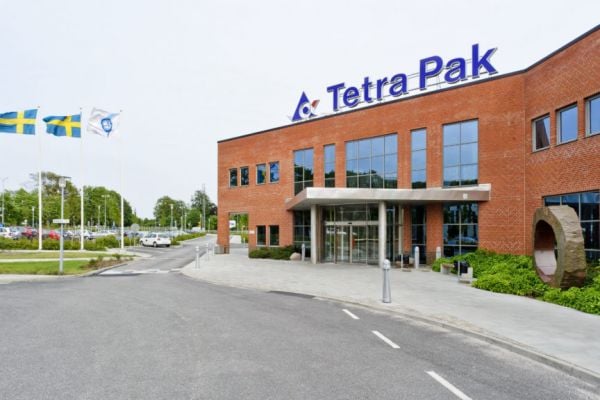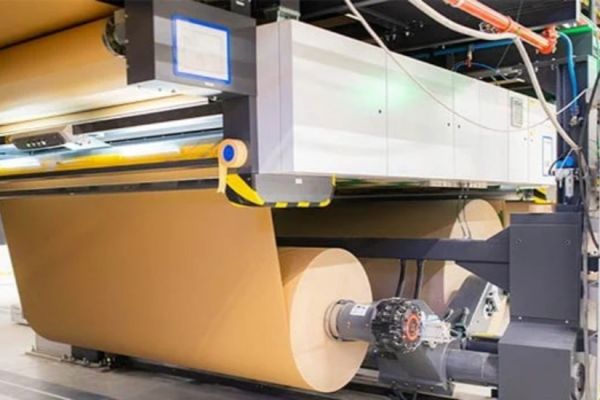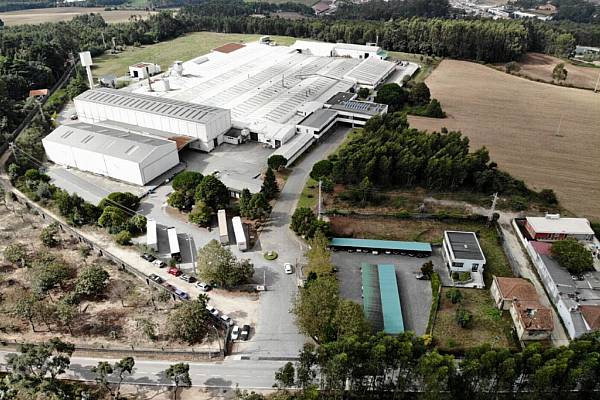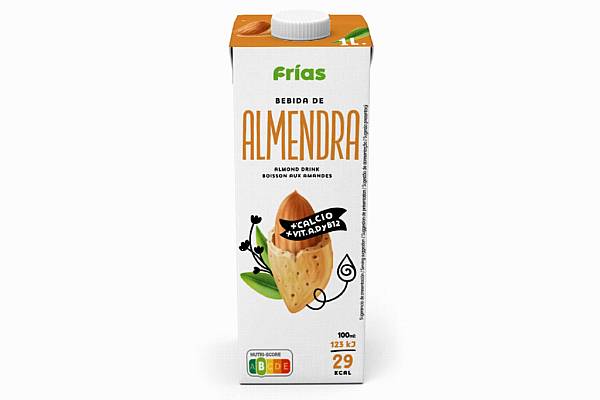Around 96% of the packaging used by Nestlé for products manufactured in Italy is recyclable, up 1% on 2018.
In addition, Italy has achieved 100% recyclability for corrugated cardboard and glass, 98% for paper, 87% for aluminium, 90% for rigid plastic, and 80% for flexible plastic.
These are the key findings of the 'Nestlé Sustainable Packaging Commitment: road to 2025' report, published by the food giant.
The report comes almost three years after the launch of the Nestlé Plastic Packaging Commitment that aims to make all packaging recyclable or reusable by 2025.
Strategy
The strategy focuses on four pillars: research; pack reduction, reuse and recycling; collaboration with external organisations; and educating colleagues and consumers.
At the heart of Nestlé's strategy is research aimed at developing completely sustainable packaging that guarantees the safety and quality of stored foods, conducted at the Nestlé Institute of Packaging Sciences in Lausanne.
All Nestlé locations worldwide have pledged to remove single-use, non-recyclable plastic items - a goal already achieved in Italy by the end of 2019.
In July of last year, Nestlé Italia launched 'Dove lo butto?' (Where do I throw it?), a digital platform aimed at providing concrete support to consumers, educating them on the correct way to dispose of different materials that constitute product packaging, in line with regulations that align with the various Italian municipalities.
Ambitious Challenge
The group's most ambitious challenge is to improve the recyclability of packaging by overcoming packaging materials that are still difficult to recycle.
For this reason, Nestlé is committed to eliminating these materials, as well as other hard-to-recycle packaging parts by 2025, replacing them with mono-materials that are easier to dispose of.
In parallel, the group focuses on reducing the weight of packaging, safeguarding the food safety of products and using lighter materials, it added.
© 2021 European Supermarket Magazine – your source for the latest retail news. Article by Branislav Pekic. Click subscribe to sign up to ESM: The European Supermarket Magazine.











